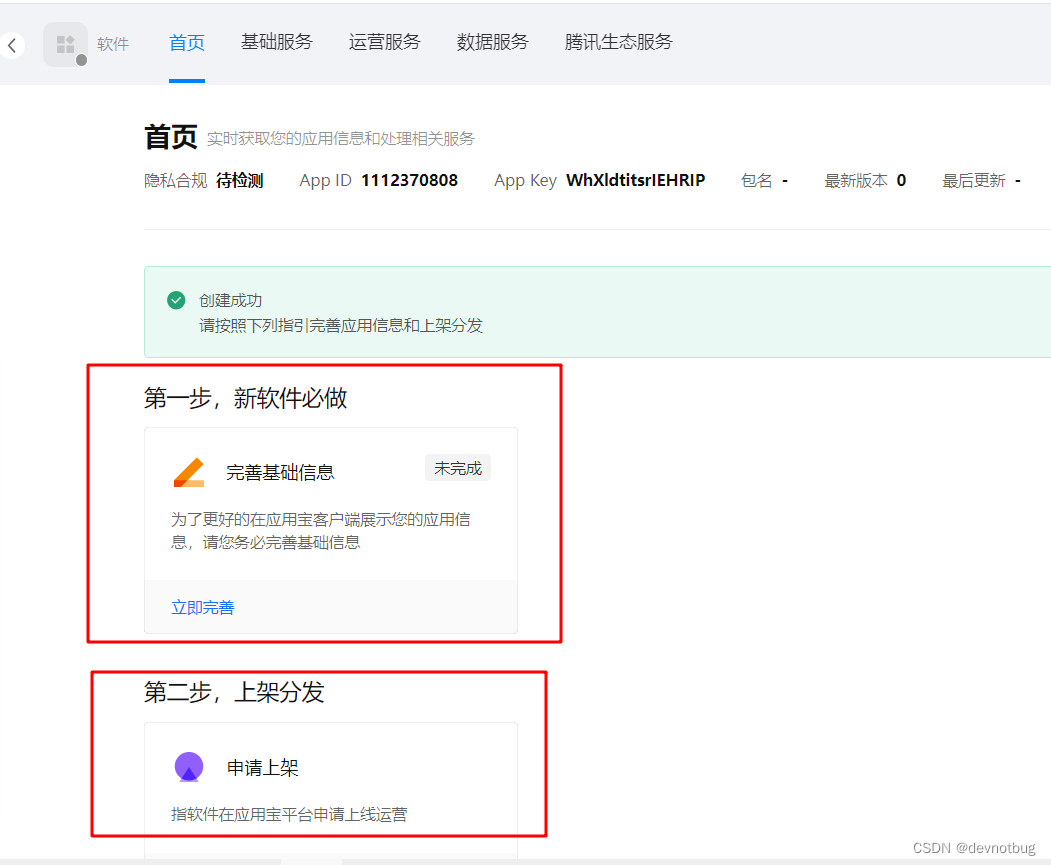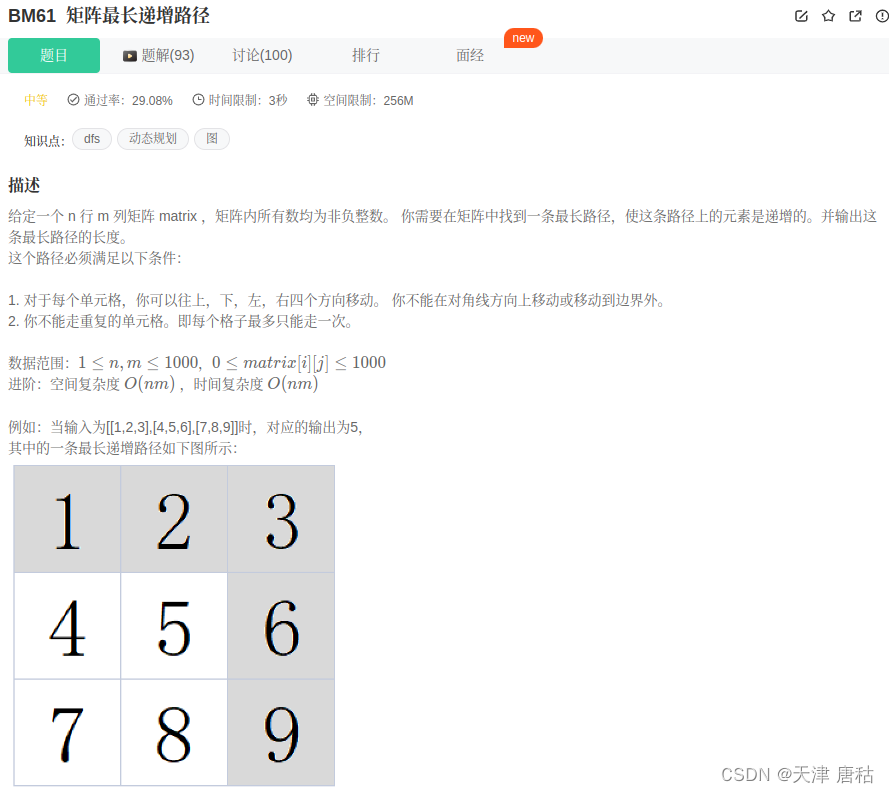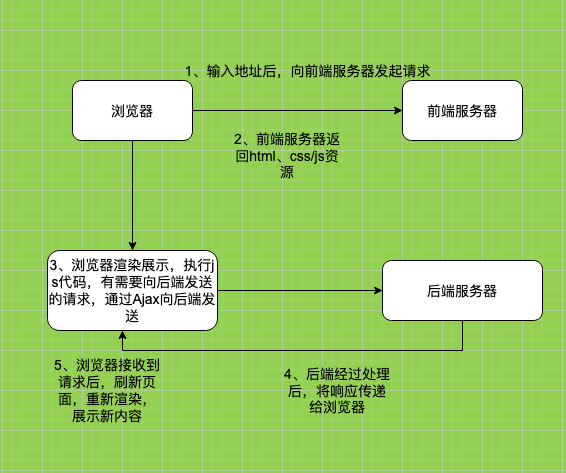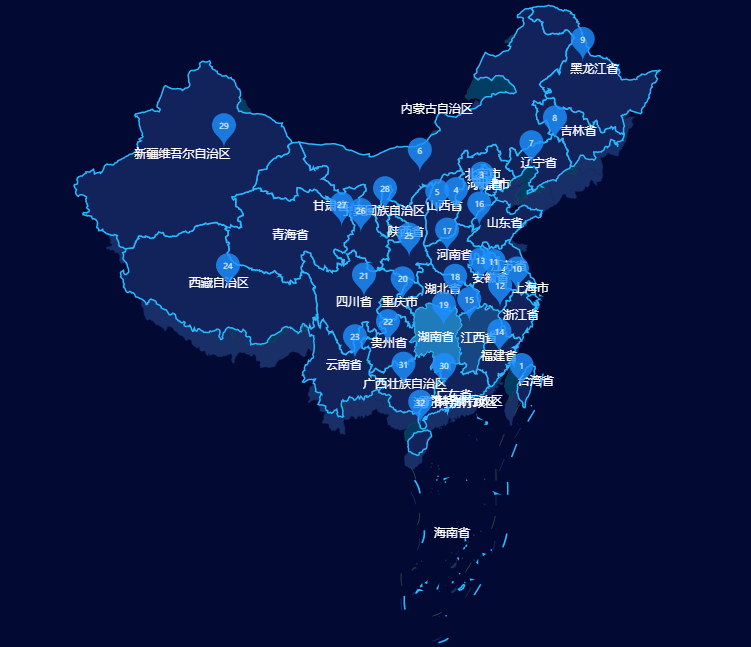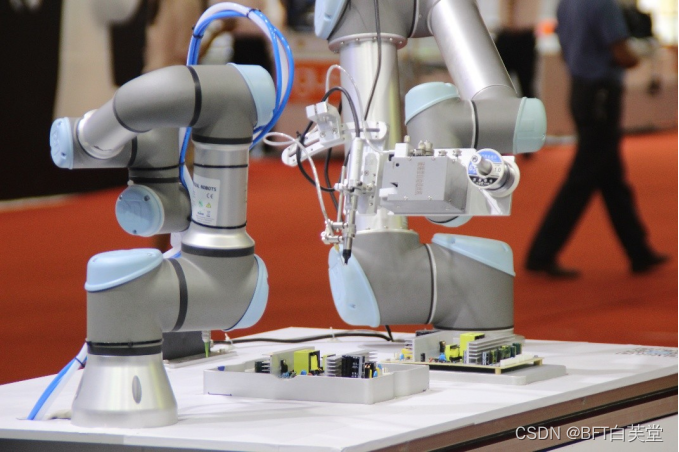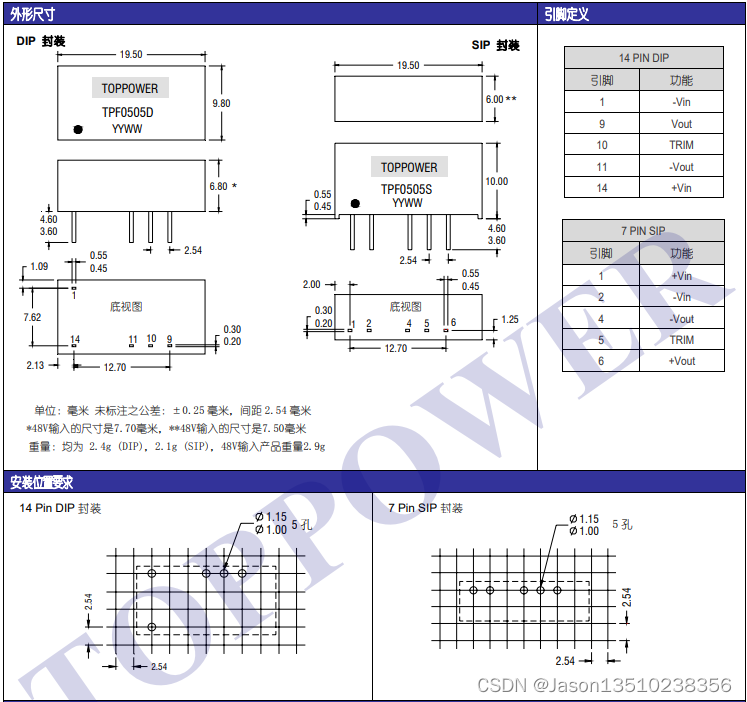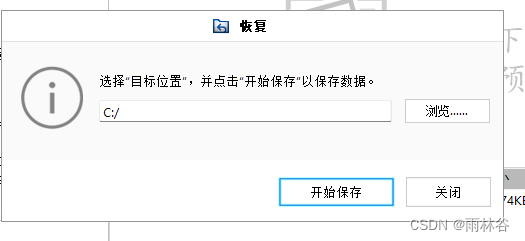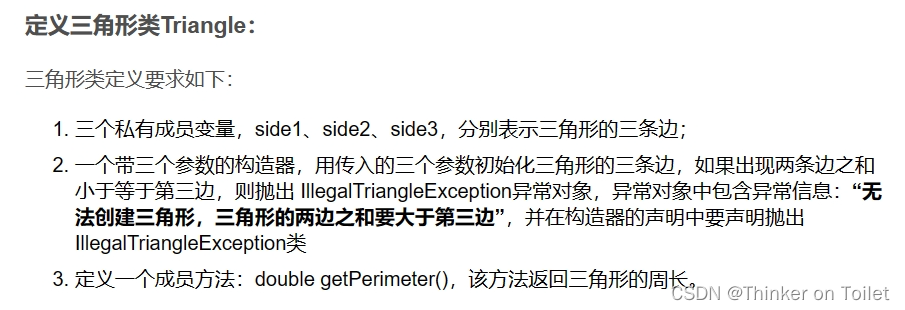背景
在上一篇博客中我们分析了代码中barrier的是如何流动改的。Flink checkpoint 源码分析- Checkpoint barrier 传递源码分析-CSDN博客
最后跟踪到了代码org.apache.flink.streaming.runtime.io.checkpointing.CheckpointedInputGate#handleEvent
现在我们接着跟踪相应代码,观察是如何算子接受到了barrier是如何进行下一步代码处理的。以及了解flink应对不同的消费语义(At least once, exactly once)对于checkpoint的影响是怎样的。
代码分析
org.apache.flink.streaming.runtime.io.checkpointing.CheckpointedInputGate#handleEvent 中我们主要关注对于checkpointBarrier的处理流程。

processBarrier方法实现上就可以看出,flink barrier的处理分成两种。

在这里我们需要跟踪一下barrierHandler 是如何生成的才能知道后面所要走的流程是哪一步。
通过往上追溯barrierHandler的生成,我们跟踪到方法:org.apache.flink.streaming.runtime.io.checkpointing.InputProcessorUtil#createCheckpointBarrierHandler 从代码中我们可以看到 如果是 EXACTLY_ONCE 那么生成的就SingleCheckpointBarrierHandler, 如果checkpoint 模式是AT_LEAST_ONCE, 生成对应的handler就是CheckpointBarrierTracker。 但是从代码中,EXACTLY_ONCE似乎不是简单的new 一个SingleCheckpointBarrierHandler, 而是通过一个方法来生成。因此需要进一步的观察这个方法是如何实现的。

org.apache.flink.streaming.runtime.io.checkpointing.InputProcessorUtil#createBarrierHandler
这里针对checkpoint类型做了区分,主要是分为aligned checkpoint 和 unaliged checkpoint的差异。这里可以进一步观察一下这两类checkpoint之前的差异。

对比这两个方法参数的差异,发现主要就是两处处参数有差异。subTaskCheckpointCoordinator、barrierHandlerState。这两个的差异主要体现在flink 在aligned checkpoint超时时,会切换为unaligned checkpoint。这里可以先按下不表,回到最开始的处理历程。

总结一下就是如果是flink 设置了at least once是使用的是CheckpointBarrierTracker, 当flink模式为exactly once时是SingleCheckpointBarrierHandler。 当为exactly once时checkpoint 类型又可以分为是aligned checkpoint还是unaligned checkpoint。
At least once 下 barrier是如何处理的
at least once 下对于barrier的处理是在以下的方法中实现的。
org.apache.flink.streaming.runtime.io.checkpointing.CheckpointBarrierTracker#processBarrier
public void processBarrier(CheckpointBarrier receivedBarrier, InputChannelInfo channelInfo) throws IOException {
final long barrierId = receivedBarrier.getId();
// fast path for single channel trackers
if (totalNumberOfInputChannels == 1) {
markAlignmentStartAndEnd(receivedBarrier.getTimestamp());
notifyCheckpoint(receivedBarrier);
return;
}
// general path for multiple input channels
if (LOG.isDebugEnabled()) {
LOG.debug("Received barrier for checkpoint {} from channel {}", barrierId, channelInfo);
}
// find the checkpoint barrier in the queue of pending barriers
CheckpointBarrierCount barrierCount = null;
int pos = 0;
for (CheckpointBarrierCount next : pendingCheckpoints) {
if (next.checkpointId == barrierId) {
barrierCount = next;
break;
}
pos++;
}
if (barrierCount != null) {
// add one to the count to that barrier and check for completion
int numBarriersNew = barrierCount.incrementBarrierCount();
if (numBarriersNew == totalNumberOfInputChannels) {
// checkpoint can be triggered (or is aborted and all barriers have been seen)
// first, remove this checkpoint and all all prior pending
// checkpoints (which are now subsumed)
for (int i = 0; i <= pos; i++) {
pendingCheckpoints.pollFirst();
}
// notify the listener
if (!barrierCount.isAborted()) {
if (LOG.isDebugEnabled()) {
LOG.debug("Received all barriers for checkpoint {}", barrierId);
}
markAlignmentEnd();
notifyCheckpoint(receivedBarrier);
}
}
}
else {
// first barrier for that checkpoint ID
// add it only if it is newer than the latest checkpoint.
// if it is not newer than the latest checkpoint ID, then there cannot be a
// successful checkpoint for that ID anyways
if (barrierId > latestPendingCheckpointID) {
markAlignmentStart(receivedBarrier.getTimestamp());
latestPendingCheckpointID = barrierId;
pendingCheckpoints.addLast(new CheckpointBarrierCount(barrierId));
// make sure we do not track too many checkpoints
if (pendingCheckpoints.size() > MAX_CHECKPOINTS_TO_TRACK) {
pendingCheckpoints.pollFirst();
}
}
}
}如果只有一个inputchannel的情况下,在收到这一个barrier的时候,就可以做snapshot.
在这个中间会经过triggerCheckpointOnBarrier 等方法, 最后实际还是调到了org.apache.flink.streaming.runtime.tasks.SubtaskCheckpointCoordinatorImpl#checkpointState ,看到这里其实这很长的链路实际是一个循环,下一个算子会生成barrier,接着传递这个barrier。

实际情况是作业并行度不唯一,一个subtask往往是有多个inputchannel. 可以继续看看是如何处理的。
这里面当收取到第一个barrier,会将这个barrier信息存在个队列中。
当收取到时非第一个barrier的时候会进行计数,当收取到的是最后一个barrier的时候就会将barrier队列中在这个barrier之前的barrier全部清除,之后就可以通知做checkpoint snapshot, 这个流程就和之前的一个信道的checkpoint流程是一致的。

总结而言:at least 类型的checkpoint是在收到最后一个barrier的时候开始做snapshot的。
Exactly once checkpoint是如何处理的
首先看这一段的代码
@Override
public void processBarrier(CheckpointBarrier barrier, InputChannelInfo channelInfo) throws IOException {
long barrierId = barrier.getId();
LOG.debug("{}: Received barrier from channel {} @ {}.", taskName, channelInfo, barrierId);
if (currentCheckpointId > barrierId
|| (currentCheckpointId == barrierId && !isCheckpointPending())) {
if (!barrier.getCheckpointOptions().isUnalignedCheckpoint()) {
inputs[channelInfo.getGateIdx()].resumeConsumption(channelInfo);
}
return;
}
checkNewCheckpoint(barrier);
checkState(currentCheckpointId == barrierId);
if (numBarriersReceived++ == 0) {
if (getNumOpenChannels() == 1) {
markAlignmentStartAndEnd(barrier.getTimestamp());
} else {
markAlignmentStart(barrier.getTimestamp());
}
}
// we must mark alignment end before calling currentState.barrierReceived which might
// trigger a checkpoint with unfinished future for alignment duration
if (numBarriersReceived == numOpenChannels) {
if (getNumOpenChannels() > 1) {
markAlignmentEnd();
}
}
try {
currentState = currentState.barrierReceived(context, channelInfo, barrier);
} catch (CheckpointException e) {
abortInternal(barrier.getId(), e);
} catch (Exception e) {
ExceptionUtils.rethrowIOException(e);
}
if (numBarriersReceived == numOpenChannels) {
numBarriersReceived = 0;
lastCancelledOrCompletedCheckpointId = currentCheckpointId;
LOG.debug(
"{}: Received all barriers for checkpoint {}.", taskName, currentCheckpointId);
resetAlignmentTimer();
allBarriersReceivedFuture.complete(null);
}
}这里需要关注一下currentState, 在最开始我们看了他的构造函数AlternatingWaitingForFirstBarrier, 因此可以可以看这个方法具体是现实。

这里可以看到这里会block 住收到barrier的信道,如果barrier 都收齐了,之后会检查是不是unaligned的checkpoint, 如果不是可以直接做一次checkpoint。这个checkpoint和之前的流程是一致的。

这里的下一个分支是超时转化,比如设置为30s,前30s是做aligned checkpoint, 如果30s还没有完成,就会转化为unaligned checkpoint。 当然,你如果不想有超时时间,可以直接设置为0.

如果是unaligned checkpoint, 会将channel 里面的数据也写会到远端。

这个中间会有一些状态转化,每次barrier的到达都会触发不同的状态变化。其中我们看到对于uc来说,uc的第一个barrier到达了,就会触发一次global checkpoint。org.apache.flink.streaming.runtime.io.checkpointing.AlternatingWaitingForFirstBarrierUnaligned#barrierReceived

org.apache.flink.streaming.runtime.io.checkpointing.AlternatingCollectingBarriersUnaligned#barrierReceived

最后如果收到所有的barrier之后会finished checkpoint。状态恢复到原位。

总结一下:在exactly once的语义下,aligned checkpoint的做法是,收到一个barrier的时候会将对应的channel block住。当收到最后一个barrier的时候再做一次checkpoint。
unaligned的做法是,收到barrier的时候,第一步就会触发一次checkpoint, 之后会不断上传channel state, 当收到最后一个barrier则表示checkpoint结束。

